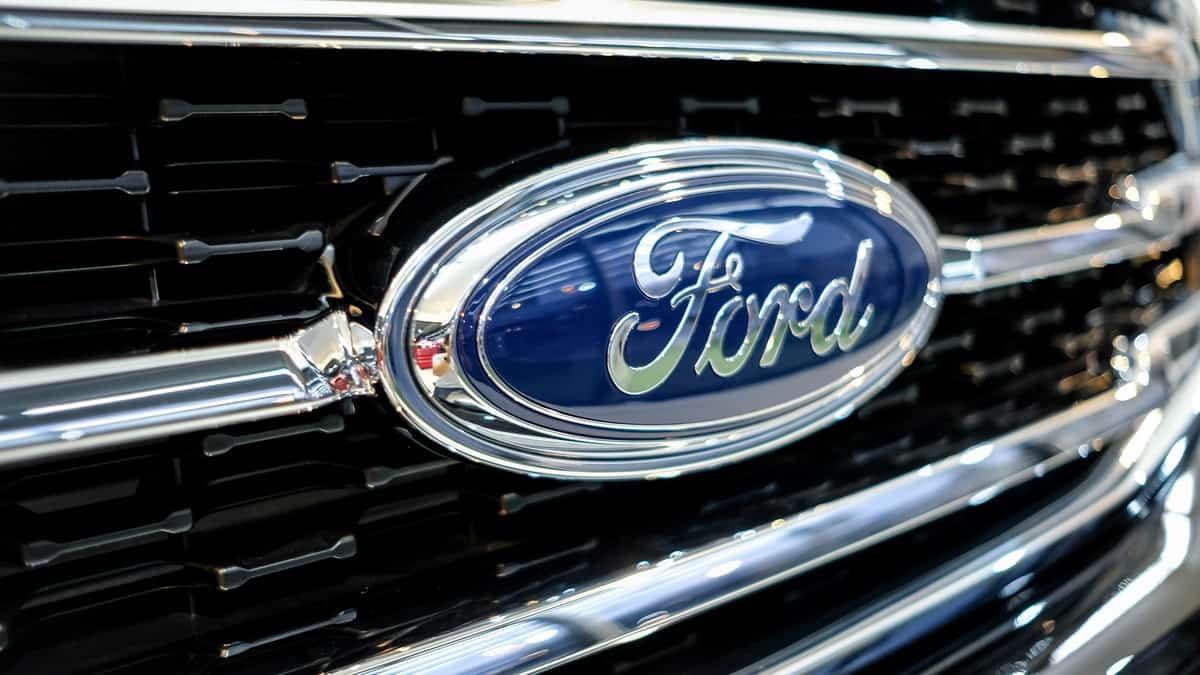Ford’s patent filing to the United States Patent and Trademark Office (USPTO) on January 20, 2022, and released on July 20, 2023, ultimately revealed its plans to develop an innovative wireless charging technology for its electric vehicles.
Ford titled the patent filing “Roadway Charging Coil Alignment and Monitoring.” To put it simply, it is a type of wireless inductive charging technology that allows EV owners to charge even while driving.
Patent filing details
Ford’s wireless inductive charging concept involves linking coils into a power source and integrating them into the road surface. This system can wirelessly transfer electricity to EVs’ receivers.
That said, Ford plans to fit EVs with radars to easily detect and navigate the implanted coils. It will also enable the EVs to access the maximum power by aligning their receiver to the road coils.
“The invention optimizes inductive coupling between vehicle-mounted receiving coils and roadway-embedded transmission coils in order to maximize a vehicle’s charging rate while driving at speed on a roadway.
Ground penetrating radar (preferably Ultra-Wideband or UWB radar) detects and maps out the embedded charging coils so that a vehicle path can be laid out with the optimal charging capacity. A detection range of the radar extends beyond the charging coil presently beneath a vehicle, potentially beyond the next few coils in the travel direction of the vehicle.”
Ford
It must be noted that SAE International set the first global standards for wireless vehicle charging at a maximum capacity of 11 kW in 2020.
See Also:
- Ford submits an application for EV “burnout mode” patent to USPTO
- Ford CEO explains why legacy automakers lag in OTA updates
- Ford to delay the European launch of its new Explorer EV by six months
- Ford’s Mustang Mach-E business enters local joint venture in China
- Ford reopens Rouge EV Center after a 6-week retooling, F-150 Lightning production output to triple this fall
Ford’s goal of developing in-road wireless charging technology will undoubtedly make EV ownership extremely convenient. It will enable owners to charge their EV batteries even while driving on the roads. It will also address the prevalent range of anxiety among them.
However, it must be noted that such technologies are still in their early stage of development. Ford will certainly face significant challenges before bringing the technology to the real world.

